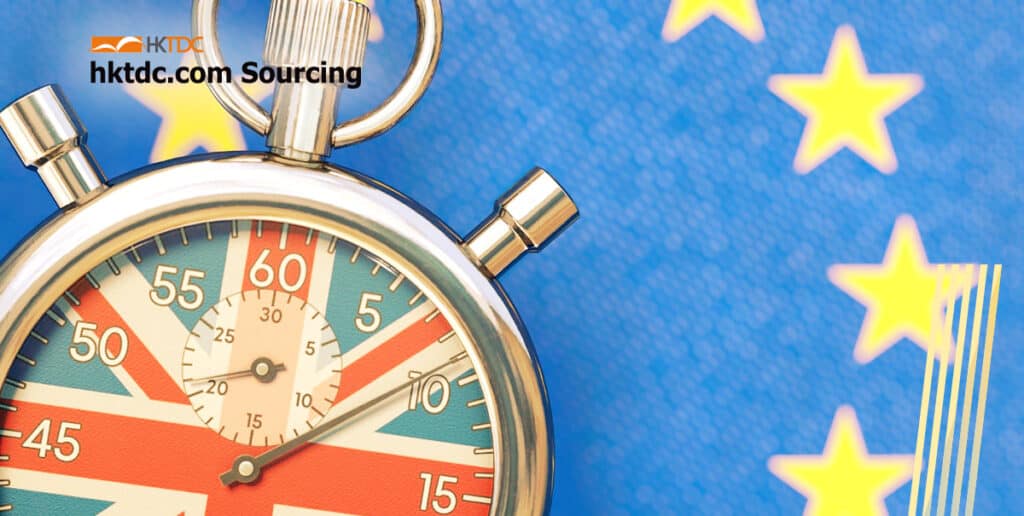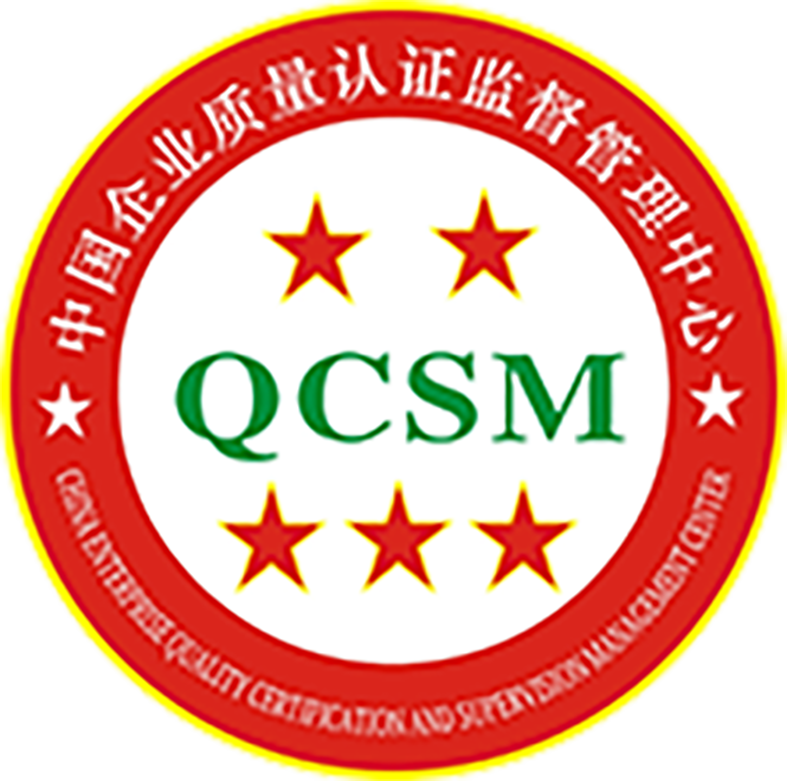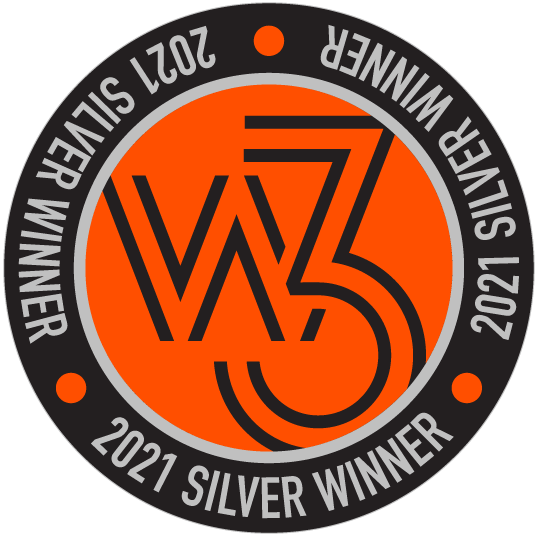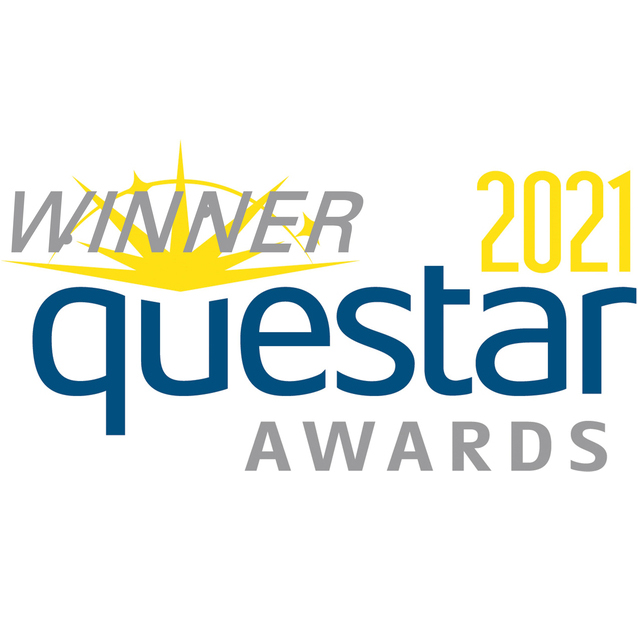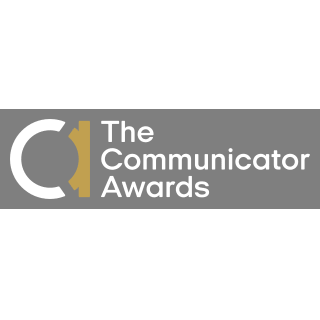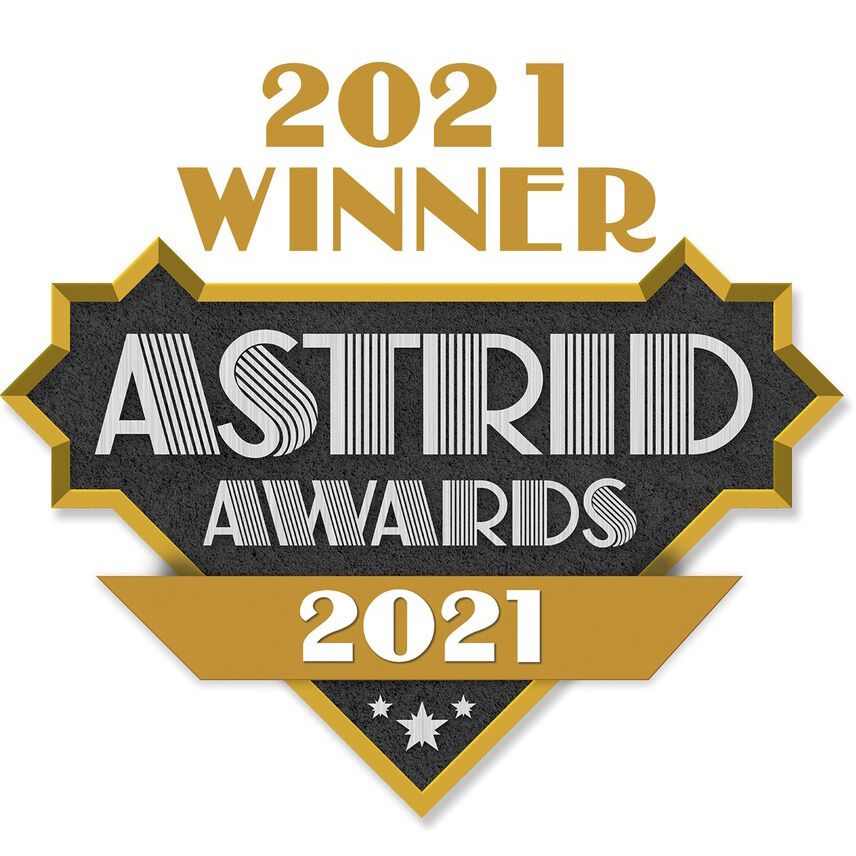1. UK based direct to EU consumer E-tail
The UK officially left the EU, commonly known as BREXIT, at the beginning of 2020 and throughout 2020, the EU rules were still applied in the UK. However, starting from 1 Jan 2021, the EU rules ceased to apply in the UK and the UK’s new legislative regime became active. Starting from the 16th July 2021, Regulations 1020/2019 will apply.
The development of e-commerce poses certain challenges for market surveillance authorities with regard to the effective enforcement of European Union harmonization legislation. Regulation 1020/2019 was put in place to address some of the concerns.
This Regulation builds on the framework for controls on products entering the Union market, not just from the UK, and applies to products that are subject to the EU harmonization legislation listed in Annex I of the Regulations. It explicitly requires that a responsible economic operator is named, in accordance with named regulations. This will normally be either a manufacturer or importer. 1020/2019 does not apply to “old approach regulations” such as REACH or GPSD and it does not apply to Cosmetic Products (The regulation for which already requires a Responsible Person).
1020/2019 also adds a new economic operator: “a fulfillment service provider.” These so-called fulfillment houses store goods in the EU without technically placing them on the market, sometimes with no business responsible for placing these products on the market. 1020/2019 effectively ends this practice – unless there is an EU-based manufacturer or importer, the fulfillment service provider takes responsibility.
2. Updated standards on toy products
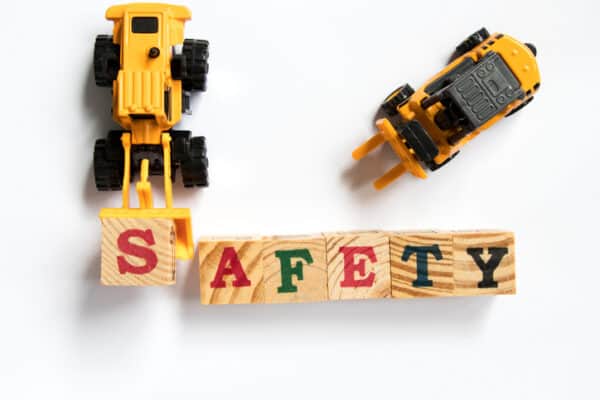
Much of the new approach regulation relies on technical standards to support the regulator requirements. For example, under the Toys Safety Directive, the EN 71 series and the EN 62115 standards allow for the self-assessment of conformity.
Such standards are produced by European Standardization Organizations (e.g. CEN and CENELEC), on request from the European Commission, to support the regulations and directives. The standards can then have their reference published in the Official Journal of the European Union (OJEU). Once referenced, these standards offer a presumption of conformity to the products complying with them – that is products complying with the standards are presumed to comply with the law.
After the UK leaves the EU, it will no longer be able to use these references in the OJEU. So the UK has started to publish its own standards references, called “Designated standards”. The principle will work in the same way as the OJEU. Once a standard is designated by the UK Secretary of State, it will provide a presumption of conformity to Great British Law.
The list of designated standards is published in: https://www.gov.uk/guidance/designated-standards.
Products covered by other legislation still need to name a producer, a requirement of the General Product Safety Directive (GPSD). Since the GPSD is a “catch all” requirement, it applies to all consumer products without specific safety regulations, like footwear, apparel, homewares, etc.
Table 1. Example of some UK legislation (related to restricted substances)
| EU legislation | UK legislation |
|
94/62/EC of 20 December 1994 on packaging and packaging waste |
The Packaging (Essential Requirements) Regulations 2015 |
| Regulation (EC) No 1907/2006 REACH | UK REACH |
| Regulation (EU) 2019/1021 20 June 2019 on persistent organic pollutants | Persistent Organic Pollutants Regulations 2007 |
| 2009/48/EC Toy safety directive | Toys (Safety) Regulations 2011 |
| 2011/65/EU Restriction of the Use of certain Hazardous Substances in Electrical and Electronic Equipment (RoHS) |
The Restriction of the Use of Certain Hazardous Substances in Electrical and Electronic Equipment Regulations 2012 |
Requirement effective after January 2021:
- EU REACH Annex XVII
- NPEO (effective on Feb 3, 2021)
- EU Toy Safety Directive Annex II Appendix C
- Formaldehyde (effective on May 21, 2021)
- EU Toy Safety Directive Annex II Part III
- Lower Aluminum migration limits (effective on May 20, 2021)
Table 2. Lower Aluminum migration limits (Toy Material)
In dry, brittle, powder-like or pliable toy material (mg/kg) | In liquid or sticky toy material (mg/kg) | In scraped-off toy material (mg/kg) | |
Aluminum | 2250 | 560 | 28130 |
*UK will also adopt the new requirements which will be effective after 2021 unless there is any announcement | |||
Recommendations from Bureau Veritas:
To ensure your products fulfill up-to-dated regulation and have access to any market in Great Britain, Northern Ireland and Europe, manufacturers or suppliers are recommended to seek help from accredited third-party solution provider. So that the risk of recall can be minimized and speed up the market entrance.
Bureau Veritas is Notified Body of France and one of the solution providers that can provide professional advice for regulations and products testing.

Director, Business Development of Bureau Veritas Consumer Products Services
Content contributor: Bureau Veritas CPS
Bureau Veritas is one of the solution providers that can assist and solve product testing needs. If you have any comments and/or questions about this article, please visit: https://www.cps.bureauveritas.com


